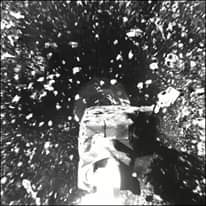Certain cyber-artificial intelligence attacks could pose an existential threat to the US and the West, former US cyber command chief, Maj.-Gen. (ret.) Brett Williams said on Tuesday.
Speaking as part of Cybertech’s virtual conference, Williams said, “artificial intelligence is the real thing. It is already in use by attackers. When they learn how to do deepfakes, I would argue this is potentially an existential threat.”








